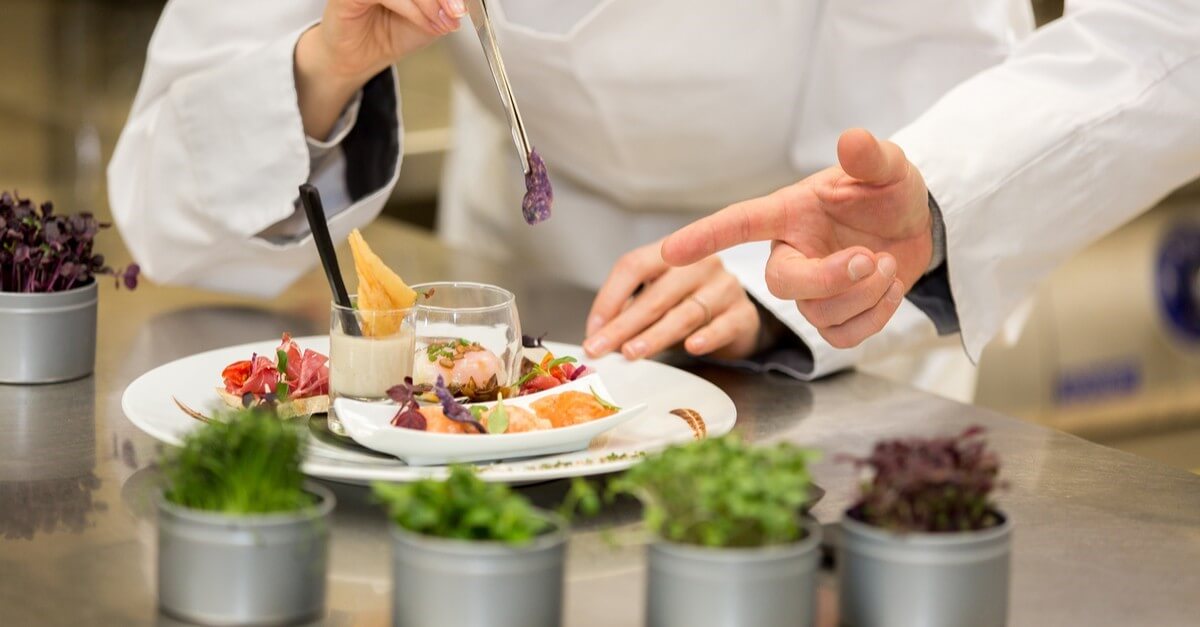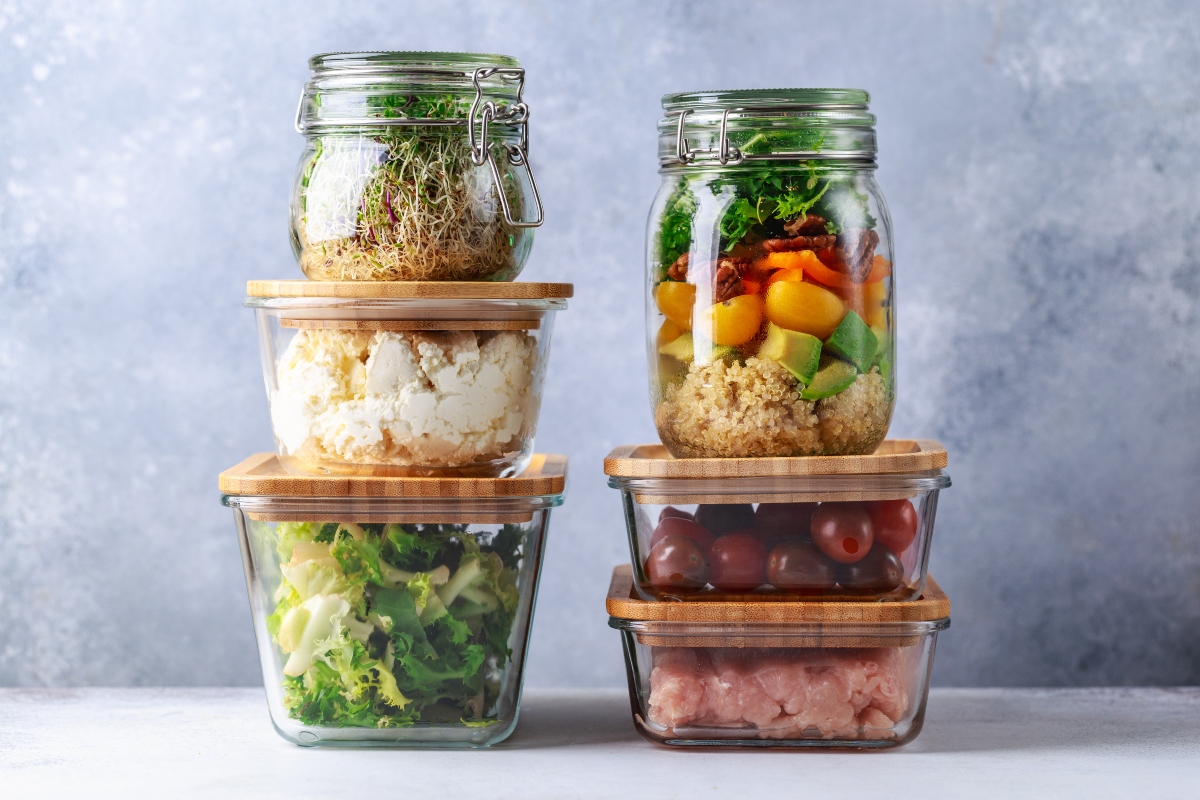Culinary Arts: Skills, Techniques, and Creativity

The world of culinary arts encompasses far more than cooking; it is a symphony of skills, techniques, and boundless creativity. Aspiring chefs and food enthusiasts alike can benefit from understanding advanced cooking methods, exploring innovative plating ideas, and mastering flavor pairing strategies to elevate every dish. From mastering classic knife skills to experimenting with molecular gastronomy, the culinary field challenges practitioners to refine precision while embracing artistic expression.
Fundamental Skills in Culinary Arts
Knife Techniques
Proficiency with knives is a cornerstone of culinary expertise. Techniques such as julienne, chiffonade, brunoise, and paysanne slicing not only enhance presentation but also ensure uniform cooking. Mastery of knife skills improves efficiency, safety, and consistency in professional kitchens.
Cooking Methods
Understanding various cooking methods—sautéing, roasting, braising, poaching, and sous-vide—allows chefs to manipulate textures, flavors, and presentation. Each technique requires precise temperature control and timing, contributing to the refinement of dishes.
Ingredient Knowledge
Familiarity with seasonal produce, meats, spices, and herbs is vital. Identifying complementary flavors, textures, and aromas enables chefs to construct harmonious dishes. Sourcing high-quality ingredients elevates even simple recipes into exceptional culinary experiences.
Advanced Techniques for Culinary Professionals
Molecular Gastronomy
Molecular gastronomy merges science with culinary art. Techniques like spherification, gelification, and foaming create novel textures and presentations, transforming traditional dishes into avant-garde experiences. Understanding chemical interactions of ingredients is crucial for safe and successful experimentation.
Sous-Vide Cooking
Precision cooking through sous-vide involves vacuum-sealing food and immersing it in temperature-controlled water baths. This method ensures even cooking, retains moisture, and intensifies flavors. Sous-vide also allows creative pairings with reductions, emulsions, and sauces.
Fermentation and Preservation
Fermentation techniques enhance flavors, promote health benefits, and add complexity. Learning to balance acidity, salt, and microbial activity is essential for creating pickles, kimchi, cured meats, and artisanal cheeses.
Creativity in Culinary Arts
Plating and Presentation
Visual appeal is as important as taste. Modern plating emphasizes symmetry, texture contrast, color balance, and artistic composition. Garnishes, edible flowers, and microgreens add sophistication and elevate the dining experience.
Flavor Innovation
Creating unique flavor profiles requires experimentation. Combining sweet, salty, sour, bitter, and umami elements in unexpected ways produces memorable dishes. Seasonal and regional ingredients can inspire innovative culinary creations.
Cultural Fusion
Incorporating diverse culinary traditions leads to inventive dishes that respect heritage while introducing contemporary flair. Fusion cuisine blends flavors, techniques, and presentations from multiple cultures, appealing to modern palates.
Baking and Pastry Skills
Dough and Pastry Techniques
Mastering doughs, laminations, and batters forms the foundation of professional baking. Techniques like croissant lamination, puff pastry rolling, and pâte sucrée preparation require precision and practice to achieve perfect texture and flakiness.
Confectionery and Chocolate Work
Tempering chocolate, creating ganaches, and designing sugar sculptures require both skill and creativity. Attention to temperature, timing, and aesthetics ensures professional-quality desserts.
Artisan Bread Making
Understanding fermentation, kneading, and proofing is essential for producing bread with desirable crust, crumb structure, and flavor complexity. Techniques like sourdough starters, autolyse, and steam injection elevate artisanal baking.
Culinary Education and Training
Formal Culinary Schools
Professional training provides structured learning in cooking fundamentals, kitchen management, sanitation, and modern culinary trends. Institutions often offer hands-on labs, internships, and networking opportunities.
Apprenticeships and Mentorship
Learning under experienced chefs cultivates practical skills, industry knowledge, and professional discipline. Apprenticeships emphasize workflow, teamwork, and creativity in real-world kitchen environments.
Online Courses and Workshops
Digital platforms provide flexibility, offering specialized tutorials on topics like international cuisines, pastry techniques, or molecular gastronomy. Interactive modules and video demonstrations facilitate skill development at individual pace.
Kitchen Management and Professional Practices
Time and Workflow Optimization
Effective kitchen management requires multitasking, prioritization, and coordination. Chefs must balance preparation, cooking, plating, and service while maintaining quality and consistency.
Sanitation and Food Safety
Knowledge of hygiene, temperature control, allergen management, and proper storage practices is critical. Safe handling protects both diners and staff, ensuring compliance with industry standards.
Cost Control and Menu Planning
Understanding ingredient costs, portion sizing, and inventory management supports profitability without sacrificing quality. Strategic menu planning combines culinary innovation with business acumen.
Culinary Arts and Technology
Modern Kitchen Equipment
Technologies like combi-ovens, immersion circulators, and induction cooktops expand possibilities for precision cooking. Advanced tools facilitate consistent results and creative experimentation.
Food Presentation Tools
Digital tools for designing menus, plating diagrams, and food photography enhance professional output. Utilizing technology allows chefs to document and share innovative creations effectively.
Data-Driven Culinary Decisions
Analyzing customer preferences, sales trends, and seasonal demands informs menu adjustments and ingredient sourcing. Technology integration supports efficiency and responsiveness in fast-paced culinary environments.
Sustainability and Ethical Practices
Local and Seasonal Sourcing
Prioritizing local produce reduces environmental impact and supports community economies. Seasonal ingredients enhance flavor and authenticity in dishes.
Reducing Food Waste
Creative utilization of leftover ingredients, vegetable scraps, and imperfect produce minimizes waste. Repurposing stock, sauces, and baked goods demonstrates responsible culinary stewardship.
Plant-Based Innovations
Incorporating plant-based options addresses dietary preferences, sustainability concerns, and modern health trends. Chefs can create innovative dishes using legumes, grains, and vegetables as primary components.
Global Culinary Influences
Asian Cuisine Techniques
Mastering stir-fry, steaming, and wok-based methods introduces dynamic textures and flavors. Balancing aromatics, sauces, and spices is central to Asian culinary mastery.
European Traditions
French, Italian, and Mediterranean techniques emphasize sauces, pastry work, and slow-cooked preparations. Classical methods provide foundational skills applicable across cuisines.
Latin American Flavors
Incorporating spices, chiles, and regional cooking methods adds vibrant color and depth. Traditional techniques like grilling, marinating, and braising inspire modern interpretations.
Career Paths in Culinary Arts
Executive Chef and Sous Chef Roles
Leadership positions involve menu design, kitchen management, staff supervision, and strategic planning. These roles combine technical expertise with creativity and operational oversight.
Pastry Chef and Baker Careers
Specialization in desserts, breads, and confections demands precision, creativity, and dedication. Artisanal techniques elevate everyday baked goods into memorable experiences.
Food Stylist and Culinary Consultant
Combining culinary skill with visual creativity, food stylists enhance presentation for photography, media, and marketing purposes. Consultants guide restaurants on menu design, kitchen efficiency, and trend integration.
Continuous Learning and Innovation
Attending Culinary Competitions
Competitions foster skill refinement, creativity, and exposure to industry standards. Chefs gain feedback from peers and judges, expanding professional growth.
Exploring International Cuisines
Travel and cultural immersion broaden flavor knowledge and technique repertoire. Exposure to diverse cooking traditions inspires fusion creations and innovative approaches.
Experimentation and Personal Projects
Dedication to personal culinary projects nurtures originality. Home experimentation, recipe development, and private catering offer opportunities for skill enhancement outside professional kitchens.
Essential Traits for Culinary Success
-
Precision and Attention to Detail: Consistency in taste, texture, and presentation defines professionalism.
-
Creativity and Innovation: Novel combinations and artistic presentation distinguish exceptional chefs.
-
Resilience and Adaptability: Fast-paced kitchens demand endurance, flexibility, and problem-solving.
-
Continuous Curiosity: Lifelong learning fuels growth, skill refinement, and trend awareness.
-
Collaboration and Leadership: Teamwork and mentorship create productive, cohesive kitchen environments.
The Future of Culinary Arts
The culinary field continues to evolve with technological advancements, sustainability focus, and global influences. Innovations in alternative proteins, plant-based cooking, and molecular gastronomy expand creative boundaries. Chefs who embrace continuous learning, cultural exploration, and technological integration will define the next generation of culinary excellence.
As practitioners immerse themselves in culinary arts, exploring advanced cooking methods, experimenting with plating and presentation ideas, and mastering flavor pairing strategies, the combination of skill, technique, and creativity ensures each culinary endeavor transcends the ordinary, delighting diners and setting new standards for gastronomic achievement.

